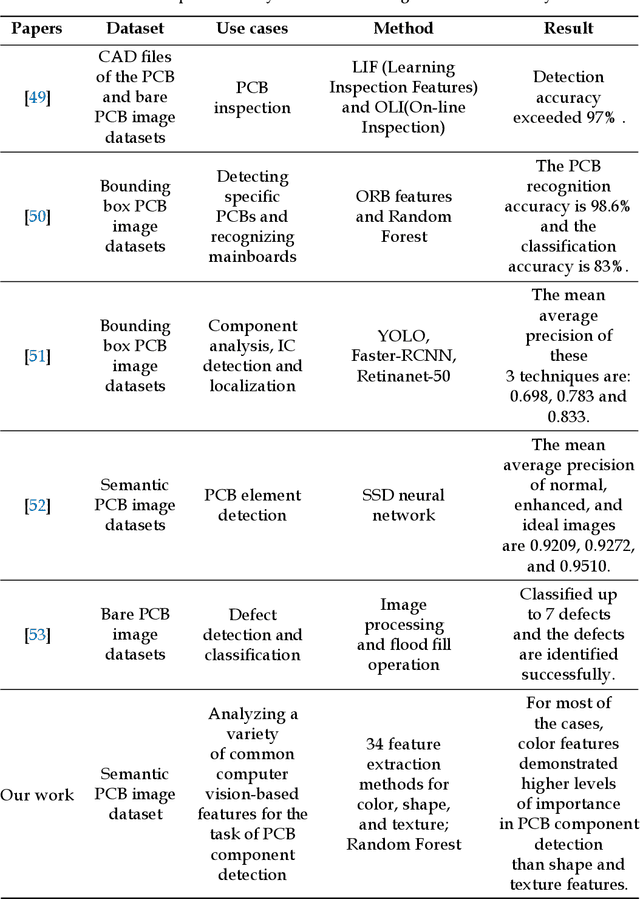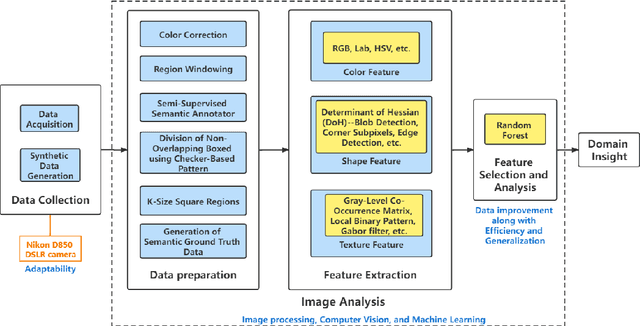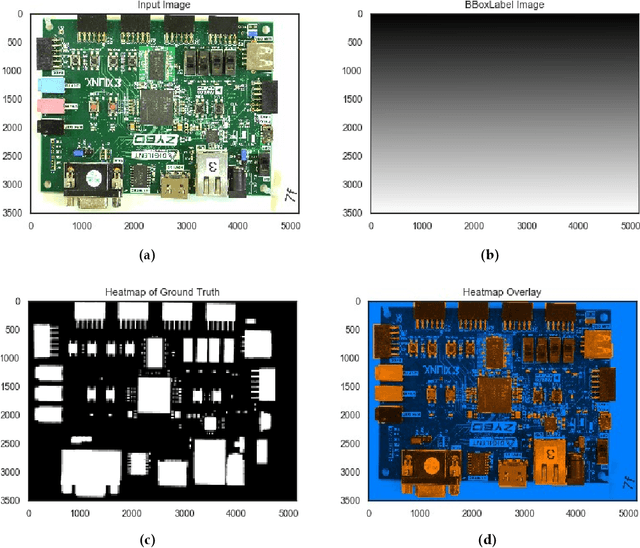Mukhil Azhagan Mallaiyan Sathiaseelan
PCB Component Detection using Computer Vision for Hardware Assurance
Feb 17, 2022



Abstract:Printed Circuit Board (PCB) assurance in the optical domain is a crucial field of study. Though there are many existing PCB assurance methods using image processing, computer vision (CV), and machine learning (ML), the PCB field is complex and increasingly evolving so new techniques are required to overcome the emerging problems. Existing ML-based methods outperform traditional CV methods, however they often require more data, have low explainability, and can be difficult to adapt when a new technology arises. To overcome these challenges, CV methods can be used in tandem with ML methods. In particular, human-interpretable CV algorithms such as those that extract color, shape, and texture features increase PCB assurance explainability. This allows for incorporation of prior knowledge, which effectively reduce the number of trainable ML parameters and thus, the amount of data needed to achieve high accuracy when training or retraining an ML model. Hence, this study explores the benefits and limitations of a variety of common computer vision-based features for the task of PCB component detection using semantic data. Results of this study indicate that color features demonstrate promising performance for PCB component detection. The purpose of this paper is to facilitate collaboration between the hardware assurance, computer vision, and machine learning communities.
 Add to Chrome
Add to Chrome Add to Firefox
Add to Firefox Add to Edge
Add to Edge